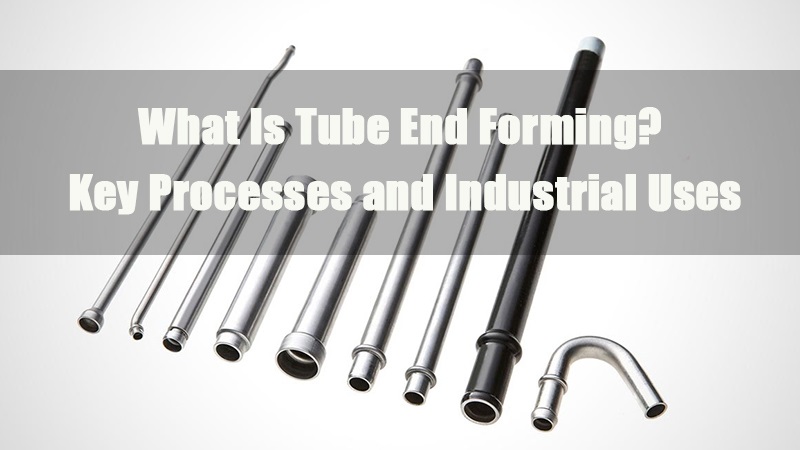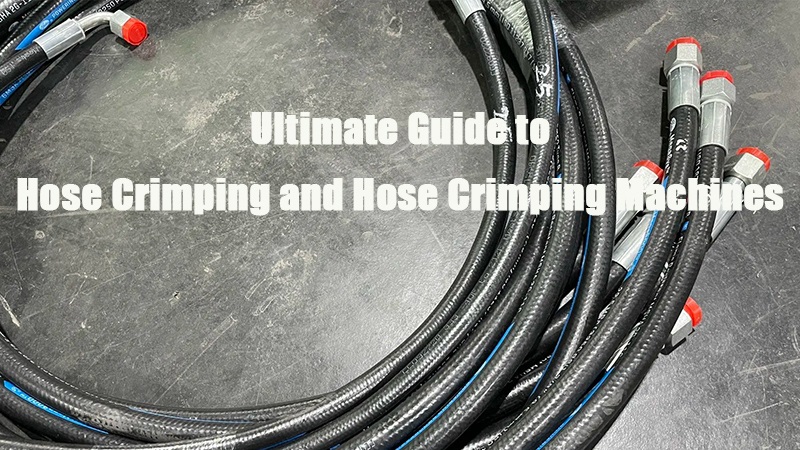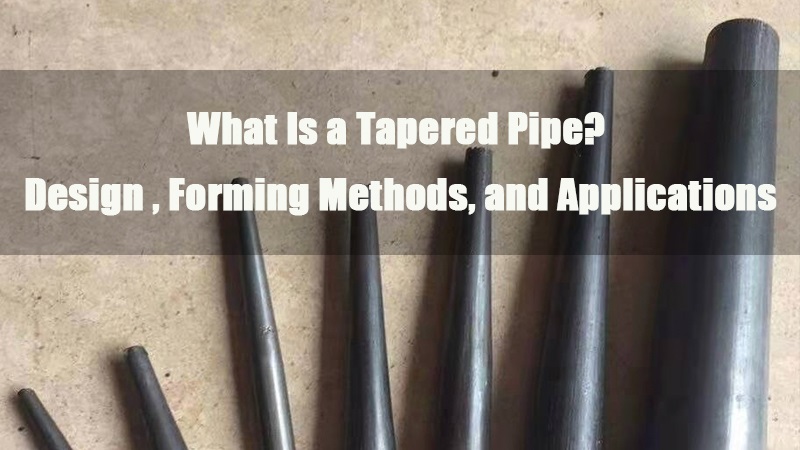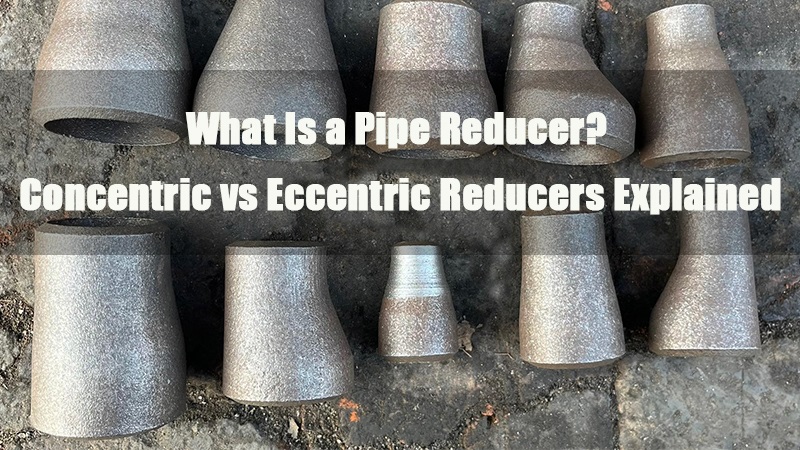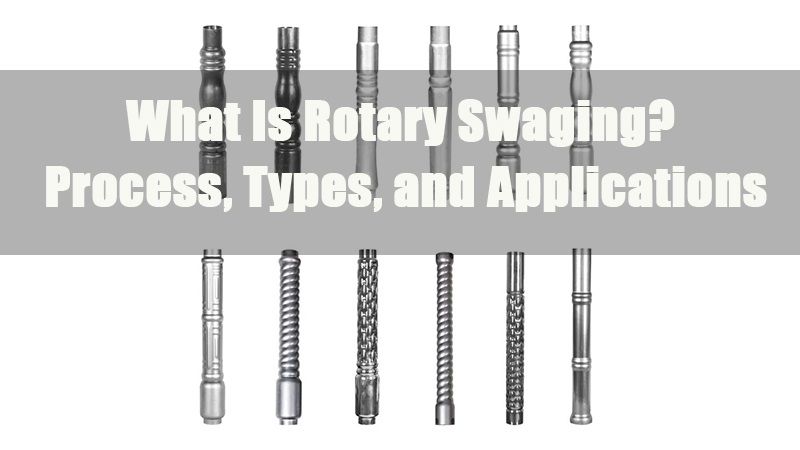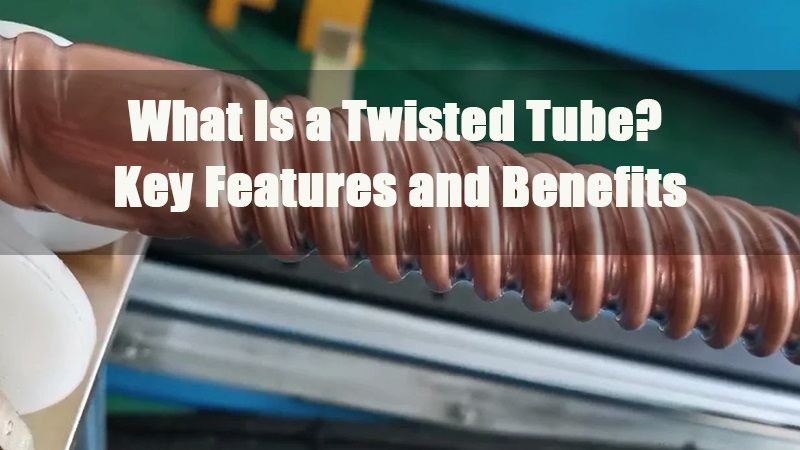
1.0What Is a Twisted Tube?
A Twisted Tube is a type of heat transfer tube formed by applying a controlled axial twist along the tube’s length, resulting in a continuous helical geometry. This design generates strong internal turbulence and flow disruption, significantly enhancing heat transfer efficiency while reducing fouling tendencies. Twisted Tubes are widely used in high-performance heat exchanger applications.

1.1Structural Features
- Helical Twist Design:
The tube wall is periodically twisted along its axis, forming a spiral-shaped surface. - Cross-Section Shape:
Typically features a closed circular cross-section, offering high mechanical strength and uniform fluid distribution. - Internal Flow Disruptors:
The internal helical contour induces turbulent flow and breaks the boundary layer for enhanced thermal performance. - Outer Surface Treatment:
Available with polished or textured finishes to improve thermal conductivity or fouling resistance, depending on service needs. - Customizable Parameters:
- Twist angle: 30° to 90°
- Twist pitch: Number of twists per unit length

1.2Material Options
Twisted Tubes can be fabricated from various corrosion- and heat-resistant metals to suit demanding process environments:
- Stainless Steel: Grades such as 304 and 316L
- Copper Alloys: Including red copper, brass, and copper-nickel alloys
- High-Performance Alloys: Such as Inconel, titanium alloys, and other specialty metals
2.0How Are Twisted Tubes Manufactured?
The manufacturing of Twisted Tubes involves a combination of forming techniques, precision parameter control, and surface treatments, aiming to deliver high thermal efficiency, mechanical integrity, and long-term operational reliability.
2.1Cold Roll Forming
Principle:
Metal strip is continuously fed into a spiral-shaped die, roll-formed into a twisted profile, and then welded into a tube.
Features:
- Cost-effective for high-volume production
- Can be integrated with online welding systems
- Commonly used for stainless steel and copper alloy strips
2.2Hydraulic Torsion Forming
Principle:
A prefabricated straight tube is clamped and subjected to axial torque via a hydraulic system, inducing localized plastic deformation to form a uniform spiral twist.
Features:
- High torsional precision with controllable angle and pitch
- Suitable for low-to-medium batch customization
- Capable of producing complex or variable-pitch geometries
2.3Laser-Assisted Twisting
Principle:
Localized laser heating is applied to the tube surface while rotating, inducing thermoplastic deformation and forming the twisted structure incrementally.
Features:
- High accuracy for small-diameter or thin-walled tubes
- Common in aerospace and medical-grade manufacturing
- Higher cost; ideal for precision-critical applications
2.4Torsion Drawing
Principle:
The tube is held in a rotating fixture while being axially drawn, enabling continuous and uniform helical twisting.
Features:
- Excellent structural stability
- Flexible control over process parameters
- Suitable for typical tube sizes (10–50 mm OD)
2.5Rotary Rolling Forming
Principle:
The rotating tube is progressively pressed by forming rollers to imprint the spiral contour.
Features:
- Superior surface finish
- Ideal for designs requiring specific surface turbulence
- Common for ductile materials like stainless steel, copper, and aluminum
2.6Die Pressing
Principle:
The tube is placed in a pre-shaped helical die and rapidly formed using mechanical or hydraulic presses.
Features:
- High efficiency and repeatability
- Suitable for standardized mass production
- Cost-effective but less flexible for customization
2.7Key Process Parameters
| Parameter | Control Range | Impact & Design Trade-offs |
| Twist Angle | 30°–90° | Greater angles increase turbulence and heat transfer but also pressure drop |
| Twist Pitch | 10–100 mm | Shorter pitch enhances fluid disruption for high-performance applications |
| Outer Diameter | 6–60 mm | Customizable based on equipment space and flow requirements |
| Wall Thickness | 0.3–3.0 mm | Thin walls improve heat transfer; thicker walls boost pressure resistance |
| Tube Length | Up to 30 meters | Suitable for large heat exchangers and coil winding |
| Surface Roughness | As per design spec | Smooth surfaces reduce fouling; textured finishes enhance turbulence |
2.8Heat and Surface Treatment Options
To enhance corrosion resistance, cleanliness, and service life, Twisted Tubes are commonly subjected to the following treatments:
- Annealing:
Relieves residual stress, improves ductility and flexibility - Pickling and Passivation:
Removes oxide layers and enhances corrosion resistance, especially in food and pharmaceutical systems - Electropolishing:
Improves internal and external surface smoothness, minimizing fouling and bacterial adhesion - Shot Peening / Micro-Texturing (Optional):
Promotes turbulence formation, enhancing thermal performance
2.9Complete Manufacturing Workflow (Overview)
Raw Material Preparation:
Select high-grade tube materials such as stainless steel, copper alloys, or titanium; define outer diameter, wall thickness, and other specs.
Forming Process:
Choose from cold roll forming, hydraulic torsion, rotary rolling, or laser-based methods based on design requirements.
Welding & Assembly (If Required):
Automatically weld multi-segment tubes or bundle assemblies into full components.
Heat Treatment (Optional):
Used to relieve stress or refine microstructure, improving consistency and performance.
Surface Treatment:
Apply pickling, polishing, or passivation per industry and environmental standards.
Quality Inspection:
Includes dimensional checks, tolerance verification, spiral uniformity, pressure testing, surface finish, and leak testing.
3.0Comparison: Twisted Tubes vs. Other Tube Types
| Criteria | Twisted Tube | Smooth Tube | Finned Tube | Spiral/Corrugated Tube |
| Heat Transfer Efficiency | ⭐⭐⭐⭐⭐ — Excellent | ⭐⭐ — Low | ⭐⭐⭐ — Moderate | ⭐⭐⭐⭐ — High |
| Fouling Resistance | ⭐⭐⭐⭐ — Good | ⭐ — Poor | ⭐⭐ — Fair | ⭐⭐⭐ — Moderate |
| Manufacturing Complexity | ⭐⭐⭐ — Medium | ⭐ — Low | ⭐⭐⭐ — High | ⭐⭐ — Moderate |
| Ease of Cleaning & Maintenance | ⭐⭐⭐⭐ — Easy | ⭐⭐⭐⭐⭐ — Very Easy | ⭐⭐ — Difficult | ⭐⭐⭐ — Moderate |
| Cost | Medium to High | Low | Medium | Medium |
4.0Typical Applications of Twisted Tubes
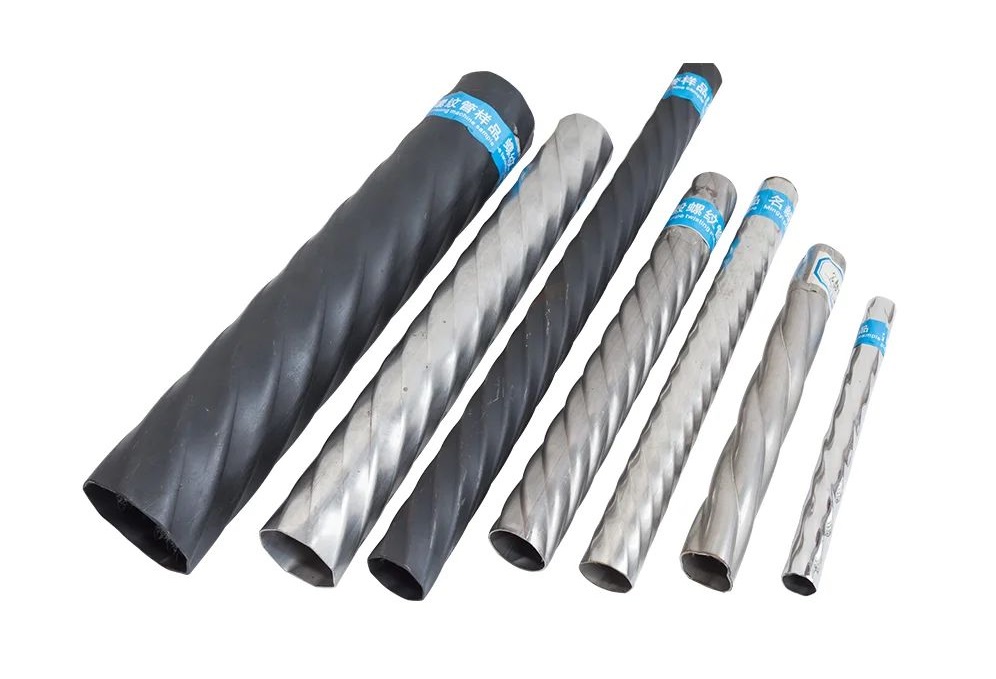
An ideal choice for high-efficiency heat exchange in industrial sectors:
- Petrochemical Industry:
Shell-and-tube heat exchangers, reactor cooling bundles - Power Generation Equipment:
Steam condensers, boiler reboilers, regenerative heat exchangers - Food and Pharmaceutical Processing:
Pasteurizers, cooling coils, steam heating units - Precision Cooling Systems:
Laser cooling units, thermal components in medical devices - HVAC Systems:
Air-source heat pumps, water-cooled air conditioning heat exchangers



